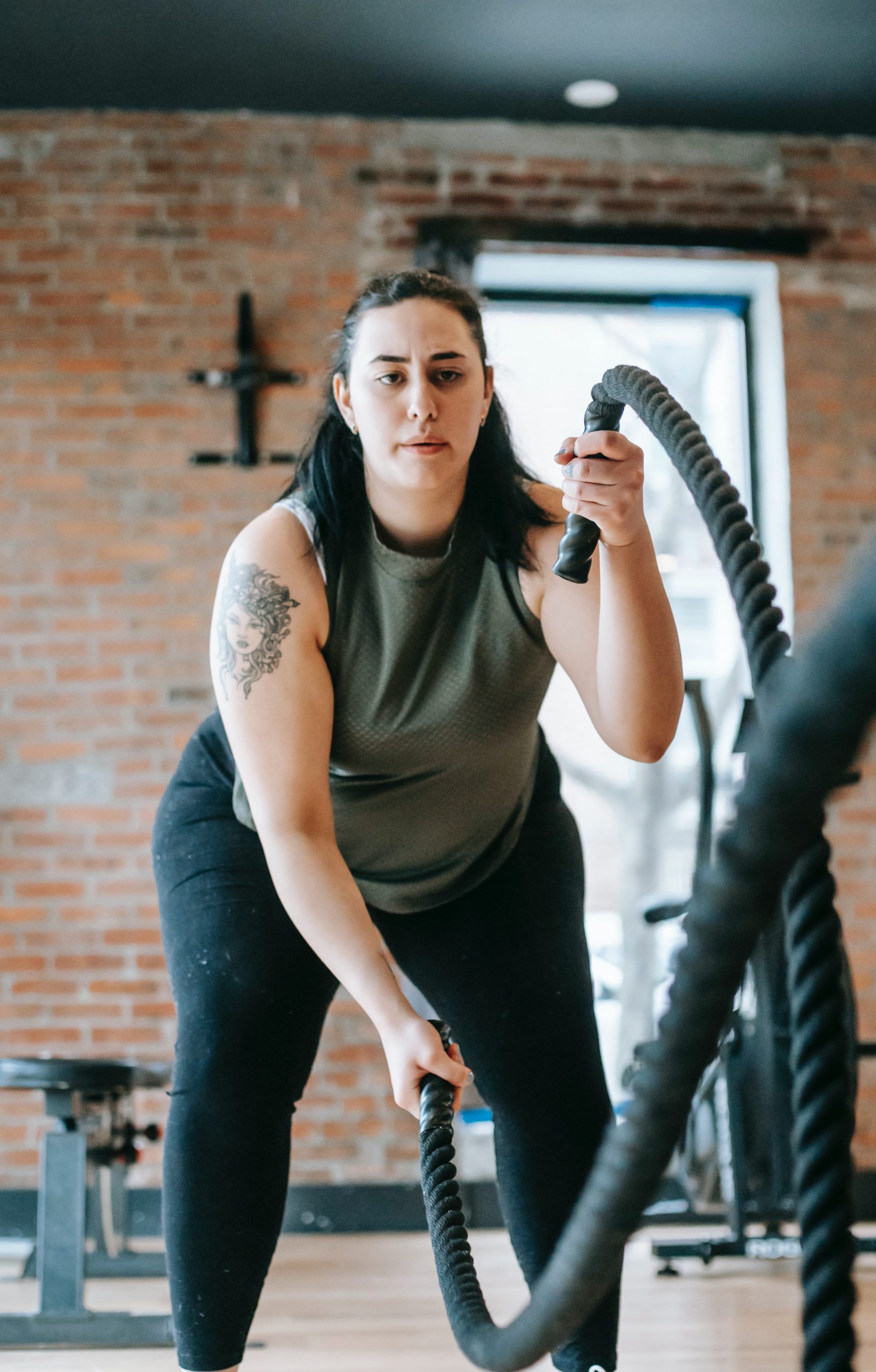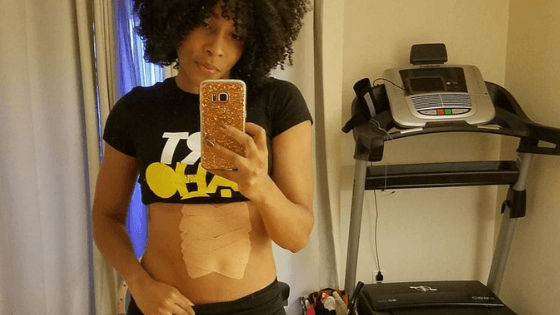Getting back to, or starting, weightlifting after having a baby without leaks or back pain is absolutely possible. Returning to cross-training or weightlifting with diastasis recti or pelvic floor dysfunction, requires careful technique progression and breathing strategies.
Our specialist MUTU Pro, Bill Bitz discusses ‘How to get back into weightlifting after having a baby’.
Before you begin, it’s important that you follow these rules to ensure you return to lifting in the correct way, to avoid injury or further postpartum issues. These rules apply no matter how long ago you gave birth.
Rules for weightlifting after having a baby
Don’t rush back to weightlifting after having a baby as soon as you’ve had clearance, there’s foundational work to be done first.
Do work on rebuilding that strength from the ground up. Before the big PBs must come core and pelvic floor strength. The big lifts will follow if you do this stage right.

Don’t be too proud to scale the weights or exercises. There is no need to do box jumps, double under jump rope, or go too heavy if your body isn’t quite ready.
Do tell your competitive side to chill for a while. There is plenty of time for being the fastest and strongest and MUTU will help you get there. #MUTUSoYouCan
A few red flags!
Don’t lift or do certain exercises if you experience any of these symptoms:
❌ If you ever pee yourself (or worse, poo). Even a little leak is a massive warning sign!
❌ When you feel pain in your pelvic region or lower back during or after your workout.
❌ If you feel unstable in the core or like you’re ‘falling-out at the front’ when you perform any exercise.
❌ When during any move your body shakes or trembles.
❌ If there is bulging, straining, protrusion or doming anywhere on or from within your abdomen or pelvic floor when you work out.

Do know alternative exercises. Extreme core or high impact exercises might be a part of the WOD at your gym, most of these aren’t suitable for you if you have a weak or compromised core.
Don’t be afraid to let your coach know about your DR or Pelvic floor dysfunction.
Do remember your alignment. When setting up for a lift I take my time and run down a checklist which includes your proper alignment.
Don’t move on to high impact exercise until your body is ready to do so. Stick with the MUTU System, DR safe workouts and core exercises to ensure you have built a strong and stable foundation to help you to progress back to the movements, sport, and hobbies you love.
Top take-aways for moms who want to lift
- Progress slowly and build the core strength required to weight train properly and effectively after having babies.
- Be aware of the signs of diastasis recti and a weak pelvic floor. Both these issues can be worsened with certain high impact exercise and lifting.
- Keep listening to your body and back-up if you need to at any point.









